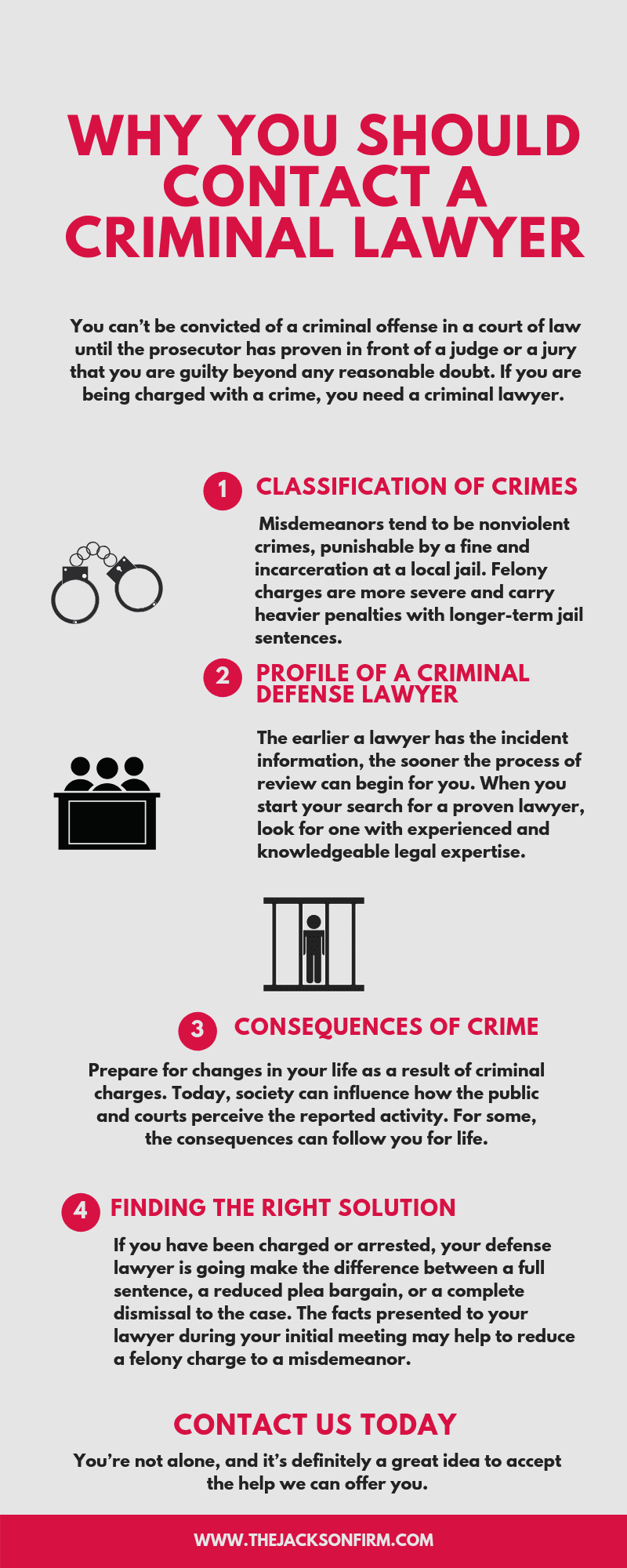The Criminal Trial Process Explained: A Sequential Summary Of Each Step
The Criminal Trial Process Explained: A Sequential Summary Of Each Step
Blog Article
Article Writer-Dickens Clements
When you step into a criminal trial, you may be surprised by the structured procedure that unravels. It all starts with jury selection, where possible jurors are scrutinized for prejudices with an approach called "voir dire." Afterwards, both sides provide their opening statements, setting the stage for the proof and statements to follow. You'll see exactly how the prosecution and defense develop their cases, however what occurs next can substantially impact the result. Recognizing these phases can reveal the intricacies of justice, however there's more to uncover about the defining moments that adhere to.
Jury Selection Refine
When it concerns the jury option process, you're diving into a crucial phase of a criminal test. This process, typically called "voir dire," involves questioning prospective jurors to guarantee they're unbiased and capable of supplying a fair verdict.
You'll see both the prosecution and defense lawyer participating proactively, each aiming to pick jurors who align with their situation's narrative.
Throughout voir dire, you'll discover that lawyers ask concerns about jurors' backgrounds, ideas, and experiences. Their objective is to determine any kind of pre-existing predispositions that could influence a juror's choice. As a juror, you might feel a mix of nervousness and interest, yet your sincerity is essential.
After questioning, attorneys can test certain jurors for cause if they believe a juror can't continue to be objective. They can likewise utilize a minimal number of peremptory obstacles to dismiss jurors without mentioning a reason.
Trial Phases Explained
The phases of a criminal test play an essential role in making sure a fair and organized process.
You'll first come across the opening statements, where both the prosecution and protection detail their instances. This sets the stage wherefore's to come.
Next off, the prosecution presents its evidence and witnesses, intending to show the accused's sense of guilt past an affordable question. https://www.kcrw.com/news/shows/greater-la/coronavirus-civil-rights-lawyer-argentinian-music/amina-hassan-loren-miller 'll see straight examination followed by interrogation, enabling both sides to test today details.
After the prosecution relaxes its instance, it's the protection's turn. They'll offer their evidence and witnesses, typically focusing on developing reasonable doubt. You'll notice that the defense doesn't need to show virtue; they just need to test the prosecution's instance.
Once both sides have actually presented their disagreements, you'll hear shutting declarations, where each celebration summarizes their situation. This is essential as it reinforces their positions before the court mulls over.
Throughout these stages, the judge guarantees that the trial abides by lawful criteria and that the legal rights of both celebrations are shielded.
Comprehending these stages will aid you appreciate the complexities associated with a criminal test and the value of each step in the quest of justice.
Decision and Sentencing
Besides evidence has existed and arguments made, the court or judge delivers a judgment, establishing the accused's shame or innocence. If you become part of the jury, you'll ponder with your fellow jurors, reviewing the proof and your impacts. This procedure can take some time, as you'll intend to make sure everybody settles on the decision based on the truths.
When a judgment is reached, it's revealed in court. If the defendant is found guilty, the next phase is punishing. This is when the court makes a decision the appropriate penalty. You might notice that different elements affect the sentence, such as the extent of the criminal offense, the defendant's previous record, and any kind of mitigating scenarios.
The court may enforce a range of sentences, from penalties and community service to imprisonment. Occasionally, the protection or prosecution can offer disagreements pertaining to sentencing, trying to sway the judge's choice.
If the offender is found not guilty, they're acquitted, and no penalty complies with. Remember that a guilty decision can typically bring about allures, where the defendant might test the judgment or the sentence imposed.
Final thought
In a criminal test, you've seen exactly how important each step is, from jury selection to the final decision. You have actually adhered to the prosecution and protection as they develop their instances, intending to persuade the court. As soon as consideration finishes up, the verdict figures out the result, and if the defendant is condemned, the sentencing stage begins. Recognizing these processes assists you value the intricacies of the justice system and the significance of each function in making sure a reasonable trial.
